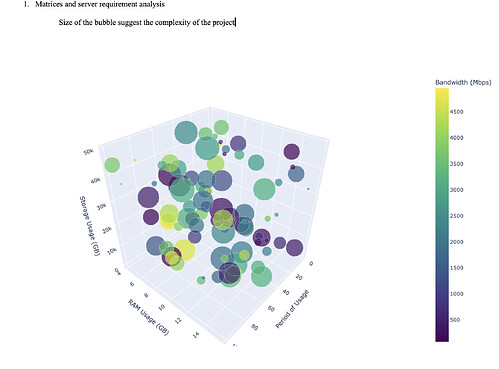Hi everyone,
We are pleased to announce the release of our first draft of the DHIS2 core team guidance and its supporting tools.
In this package, we have compiled the following items (click on the item to open the link to the resource):
- The core team guidance document
- The capacity building needs assessment
- The capacity building planning template
- The DHIS2 learning paths tool
- Guidance on building learning solutions
There are several areas we want to address by making this guidance available.
- Core, dedicated roles have been identified and outlined. Notes on resource constraints have been taken into consideration and mitigation measures are outlined in this document.
- The document looks to outline that DHIS2 skill building is a process that is built over time. Dedicated budgets, along with planning for capacity building of staff over a prolonged period of time is needed.
- As DHIS2 functionality has evolved, related skills have become more specialized. We are now emphasizing a framework that combines prerequisite skills and knowledge along with DHIS2 skills that are developed over time, rather than only focusing on DHIS2 skills by themselves.
The core team guidance document
This resource serves as a summary of the DHIS2 core team guidance and tools that we have put together. While this concept has been discussed and developed within implementations, we are now seeking to provide a standardized template, including roles, responsibilities and strategies for scaling up this team over time that can subsequently be modified based on local context and needs.
The capacity building needs assessment
The DHIS2 Capacity Building Needs Assessment is a tool developed to assess the capacity of each individual within a DHIS2 core team. The tool is meant to be modular and will need modification in order to make it work within specific contexts.
The tool itself covers the core positions as outlined in Figure 1 below.
Figure 1: Core team roles
Assessment instructions, as well as instructions on how to use the results, are available within the core team guidance.
The capacity building planning template
The capacity building planning template is meant to take the inputs from the capacity building needs assessment in order to formulate a long-term strategy for addressing capacity gaps within a DHIS2 core team.
This includes identifying key people, developing their learning pathway, and identifying budgets to support these activities.
This document also contains example job descriptions of each of the core roles identified within the core team guidance.
The DHIS2 learning paths tool is available to support the identification of key learning areas for both core positions as well as contributing roles. The tool allows you to select a role and see the types of courses and competencies they would benefit from, whether that competence is provided during an academy, internal training, self-directed learning, coaching, etc.
This tool has the potential to help support the capacity building planning process, as it can help you identify potential solutions to the gaps identified via the capacity building needs assessment.
Guidance on building learning solutions
This document provides an overview of the learning models that HISP UiO applies to developing learning content. This can help with developing, testing and implementing learning material in different contexts.
We will be testing this framework and revising our guidance documents as results are shared. For any questions please do not hesitate to reach out to us further.
Thanks!

